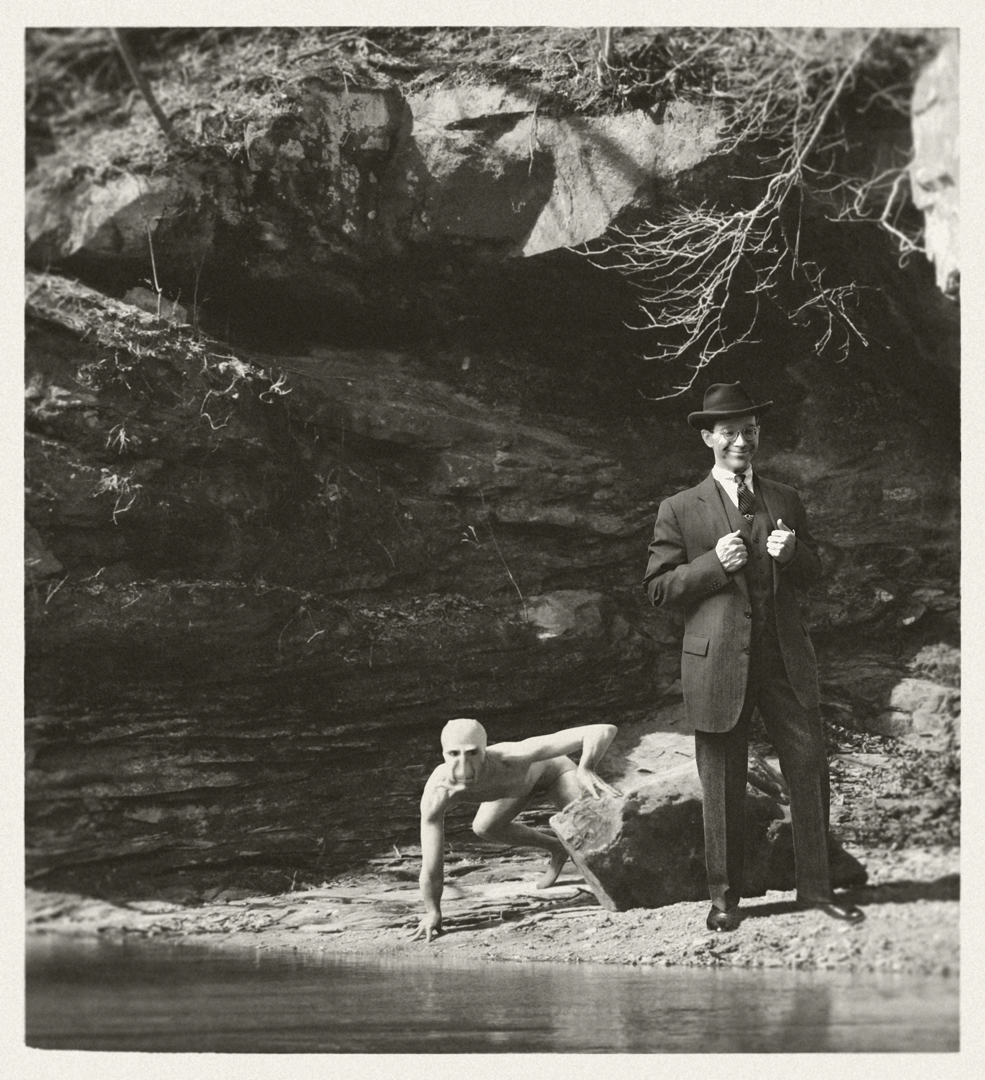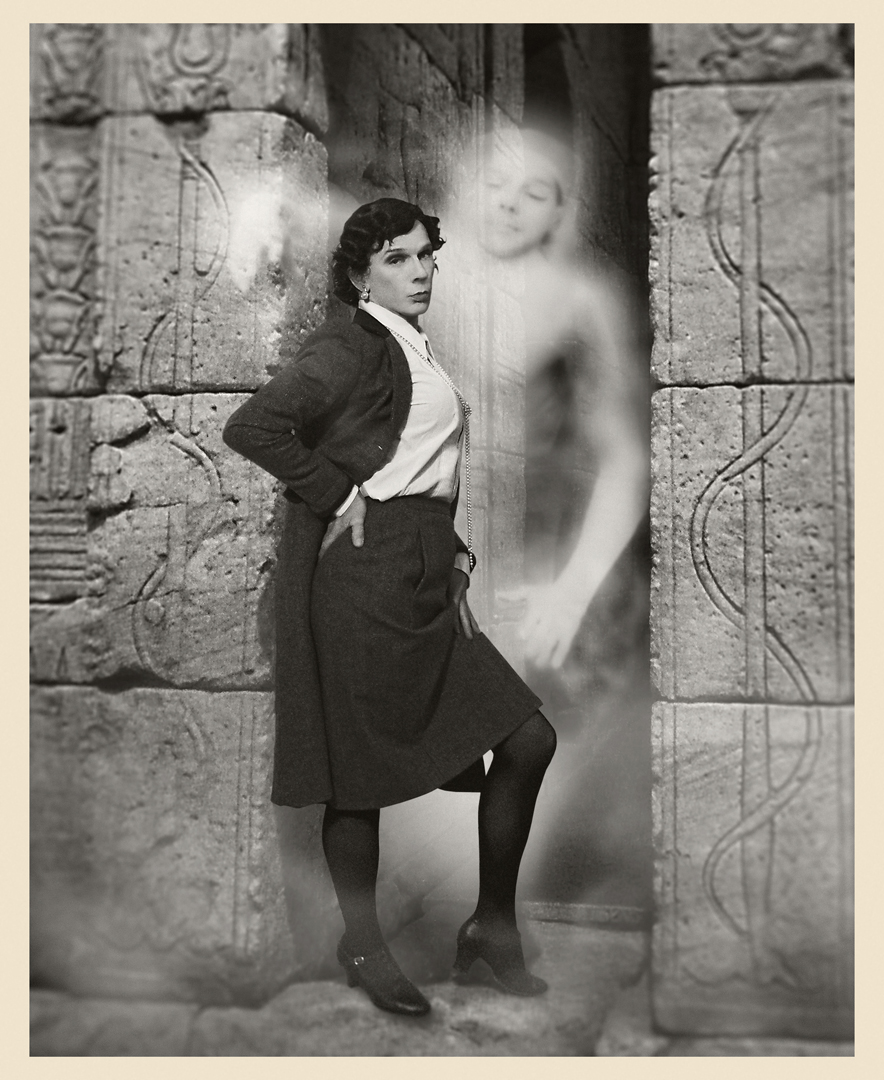O.K., here's the story: back before the Cold War and the hunt for Reds, Commie sympathizers, and "fellow travelers," back before the Second World War, the FBI didn't have any "X" files because they were, as an organization, too young and the cases they looked at too few. What they had that was weird was still filed under "U" for unexplained or unsolved or unsolvable. The strange cases didn't get put in the "X" drawer until after the War, after the (former) Nazi doctors were involved, after the UFOs became a problem, after Dorothy Bahnsen started filing them under "X" because there was, simply, more room in that drawer.
Before that, there wasn't much interest in things that didn't involve violation of the Mann Act, Prohibition, kidnapping and bank robbers crossing state lines, but there were a couple of agents - Clark Guzman and C.B. Thompson - that sought out the strange, nominally as a matter of what we now call National Security. They used the still fairly-new agency's status as a way to ask questions that others weren't asking.
For instance: who took this photograph, circa 1925, and what happened to the subjects depicted?

The file notes the man in the photographs was reported to be a "Mr. McMurray" and that he was witnessed in the small Indiana town of Attica shortly before camping the vicinity of the Fall Creek Gorge, locally known as "the Potholes" after the water-worn depressions in the creek channel. The other figure in the photo is, according to the file, a minor local-legend called The Beak Man, for obvious anatomical reasons. The Beak Man, the story goes, would occasionally be seen around the Gorge, sitting in one of the potholes, or hunting for small game, but generally avoiding contact. Mr. McMurray, it seems spent two weeks searching for The Beak Man and managed, clearly, to overcome the approach problem. That there was an unknown third party is plain, though who that was and what became of The Beak Man and Mr. McMurray is not known. The local story has it that McMurray took The Beak Man with him when he left Indiana; some say to the Smithsonian, others to the Field Museum in Chicago. The photograph and the one page report are the only remainders.

Similarly, this photograph, according to the report accompanying, is of one Miss Beverly Thompson. Along with a small party of friends she visited the temples along the Upper Nile, also in the mid-Twenties. The report states that the woman that took the snapshot, Miss Susan Bratt, did not, in fact, see anything untoward while on the site. Miss Thompson disappeared the next night, and the film went undeveloped for some time in consequence. After its processing, Miss Bratt was shocked to see "what looked like the spook of some ancient, dead, Egyptian," in her words. Miss Thompson was never found.

Few people know today or are alive to recall that there were experiments with color emulsion film in the late 1930's and in the 1940's, and both American and German film manufacturers sent rolls to combat photographers during WWII.
This photo is noted on the reverse as having been taken in May of 1939, and by that early date (for color film) it might be surmised that the man shown, Mr. Martin Novey, may have been known to the Kodak Company, and gotten some of the new color stock.
This image had no file with it, and also going by the date, it is unclear how the FBI got it as agents Guzman and Thompson were no longer chasing down the "U" cases. It's possible that someone, again perhaps with Kodak, knew of "someone who knows someone" and passed it along. Fortunately for us, it's not just buried at the bottom of someone's dresser drawer.